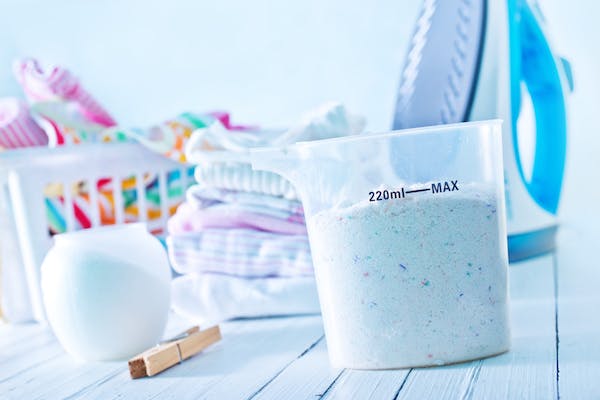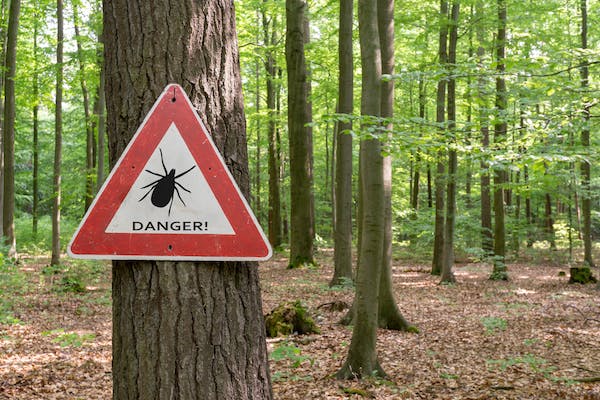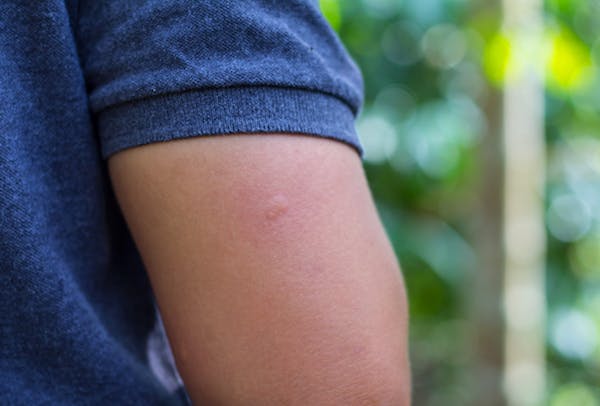What type of rash or skin irritation do you have?
If you get a rash somewhere on your body, what’s the first thing you do? You Google it, probably. But then you have to sort through hundreds of articles about dermatitis or rash or view endless photos to find one that looks most like the rash you have — and even if you do, you can’t be sure if you need medical treatment.
Instead of looking through Google images, ask yourself these questions about your recent whereabouts and any changes in your routine. The answers will help you determine what’s going on and whether a visit to an urgent care center is in order.
Have you had a cold or flu recently?
If your rash is painless, and you have small, red spots — usually found on the torso, but never on the palms of your hands or soles of your feet— then it’s likely a viral rash caused by cold or flu symptoms.
If that’s the case, no treatment is necessary. The rash will disappear on its own when your cold or flu symptoms go away.
Have you changed laundry detergents, soaps, or fabric softener? Did you buy new sheets, clothing or jewelry?

If your skin irritation is red and very itchy, it may be an allergic reaction to something you touched. (A similar rash can occur when you come into contact with poison ivy or poison oak.) The most likely culprit is an item you haven’t used before.
Over-the-counter treatment options such as hydrocortisone cream can ease your symptoms.
However, if you’re not sure your rash is an allergic reaction, or those over-the-counter remedies aren’t working, it’s best to visit an urgent care center, says Dr. J.D. Zipkin, Associate Medical Director at Northwell Health-GoHealth Urgent Care.
And don’t forget to stop using whatever product you suspect is causing the reaction!
Have you been in the woods or around tall grasses?

If your rash is flat and painless, and it looks like a bullseye (concentric circles), you may have Lyme disease.
The disease is caused by bacteria transmitted through a tick bite. In addition to a rash, symptoms of Lyme disease include fever, joint pain, headache, and fatigue.
Unfortunately, not everyone who has Lyme disease gets the typical rash, so if you think you may have Lyme disease, you should visit an urgent care center immediately for diagnostic testing and treatment with antibiotics.
If left untreated, Lyme disease can result in severe complications.
Have you shared a locker room, shower, or other common space?

If your rash is circular, with scaly, itchy red skin, you may have a fungal rash. This kind of skin irritation on your feet is commonly called athlete’s foot. If it’s located on your groin, it’s called a jock itch.
A rash on the torso or other areas of the body is known as ringworm. Don’t let the name scare you, however. Ringworm is so named for the shape of the rash, not because it involves actual worms.
Over-the-counter antifungal creams can treat these kinds of rashes. If you can’t determine if your rash is fungal or the result of Lyme disease — they can look very similar — then visit an urgent care center as soon as possible.
Have you gotten an insect bite, scratch or abrasion?

Cellulitis, or bacterial skin infection, can also cause a rash that is warm, red, and tender, located in one specific spot. Certain insects will have a specific type of bite. Such as bed bugs, which may appear either in random patterns or in a straight line.
Staph or strep bacteria that normally live on the skin can penetrate it, usually through a bug bite, scratch, or abrasion.
Antibiotics can treat this kind of infection.
How dangerous is cellulitis infection? If you think your rash could be cellulitis, visit an urgent care clinic for evaluation and treatment.
Written by Sarah Thebarge, Physician Assistant


